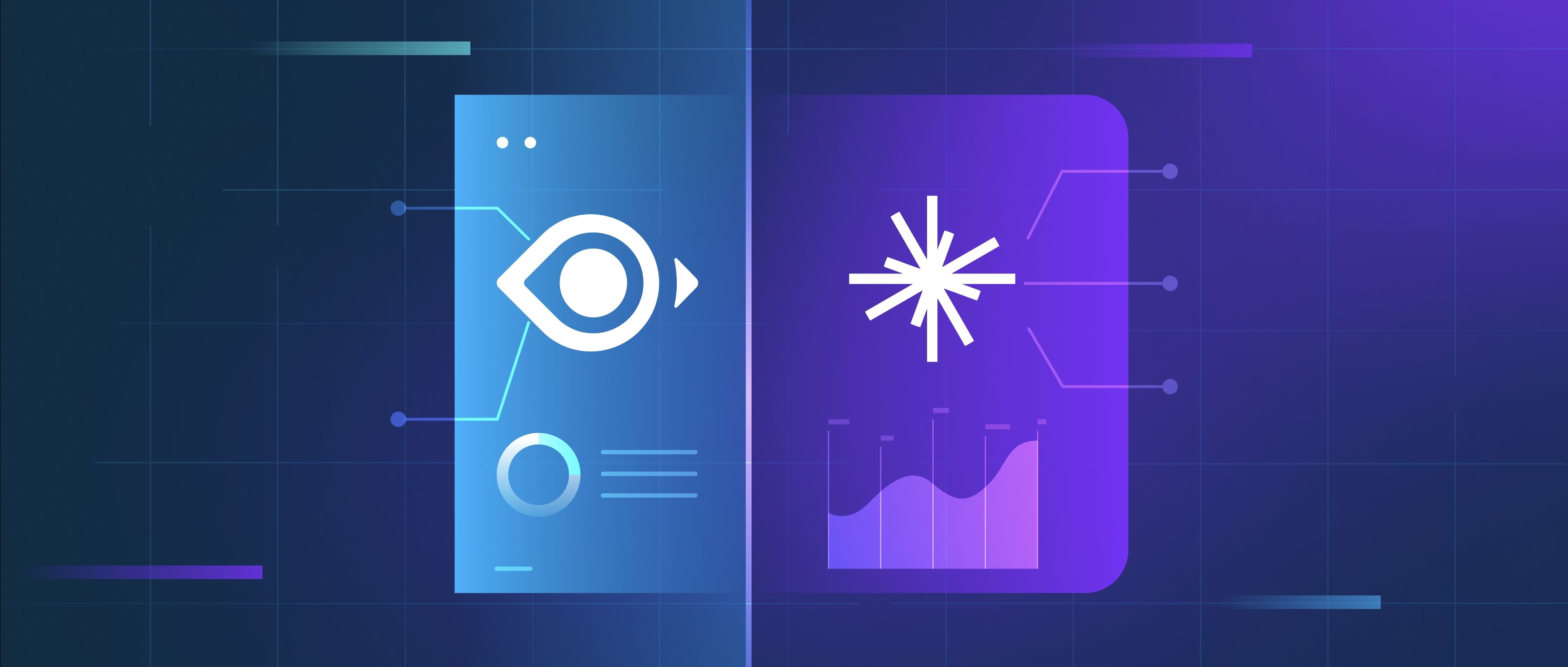To make the most of OpenAI’s API documentation, start by thoroughly reading through the documentation to understand the overall structure, features, and functionalities provided by the API. The documentation is organized into sections that detail various aspects, such as endpoints, request formats, and response structures. Familiarize yourself with common endpoints and their purposes. For example, if you are aiming to generate text, pay particular attention to the text generation endpoint and its parameters. Understanding how to structure your requests is crucial for effectively using the API.
Next, take advantage of the code examples provided in the documentation. These snippets can help you grasp how to implement API calls in different programming languages like Python, JavaScript, or Ruby. Implementing these examples in your own projects provides a practical context that can clarify how the API works. For instance, if you see an example that shows how to generate a completion, try running it in your development environment. This hands-on experience will reinforce your understanding and help troubleshoot any issues that arise.
Finally, leverage the community resources and forums available around the OpenAI API. Platforms like GitHub, Stack Overflow, and OpenAI's own community forums often have discussions or issues reported by other developers. By exploring these resources, you can find solutions to common problems, share your experiences, and learn new use cases for the API. Additionally, keeping an eye on updates or changelogs in the documentation can also provide insights into new features or improvements that could enhance your projects. This combination of reading the documentation, experimenting with examples, and engaging with the community will help you maximize your use of the OpenAI API.
